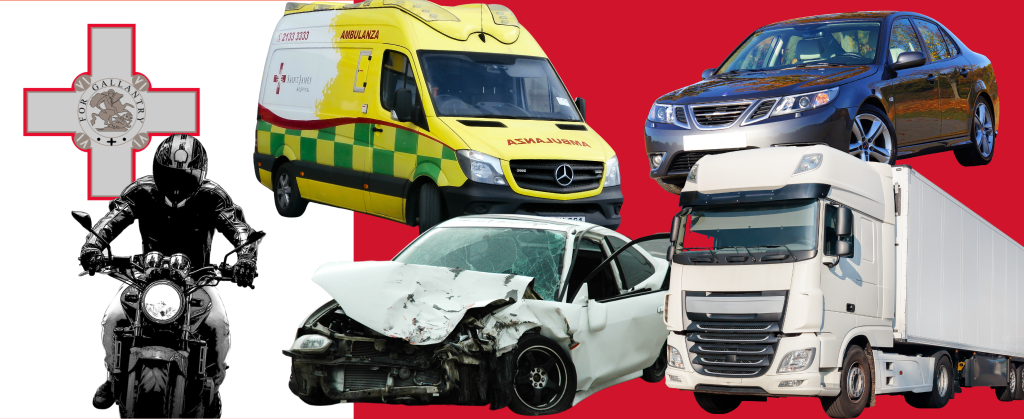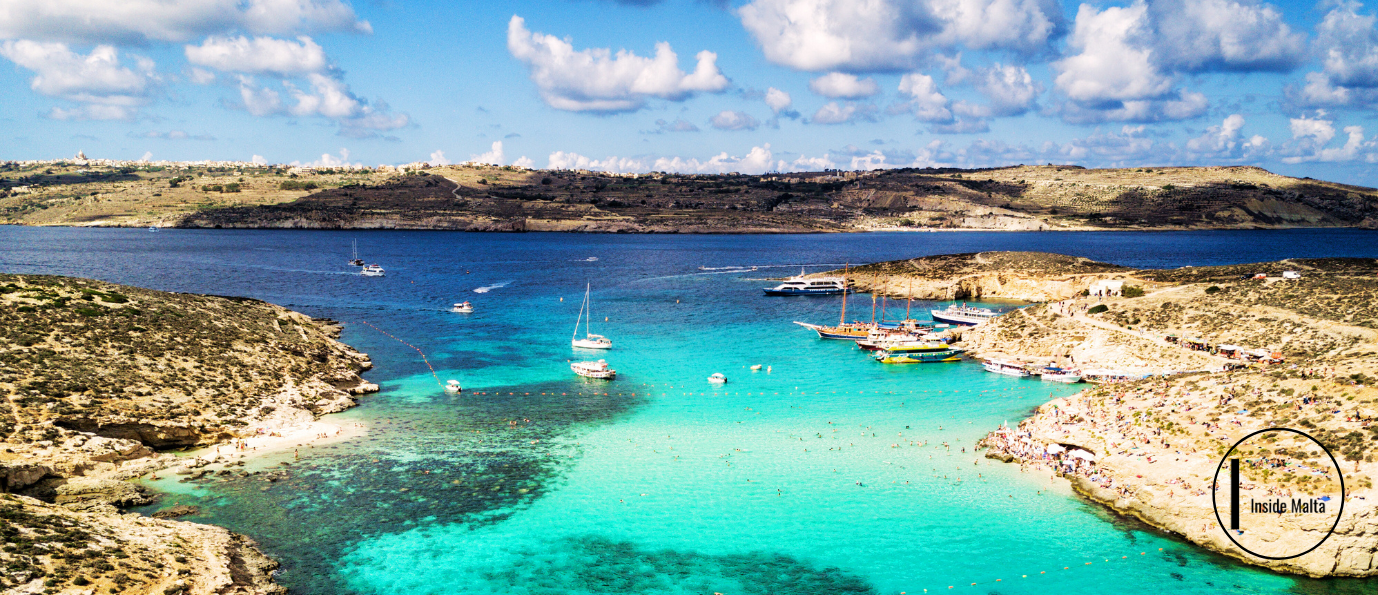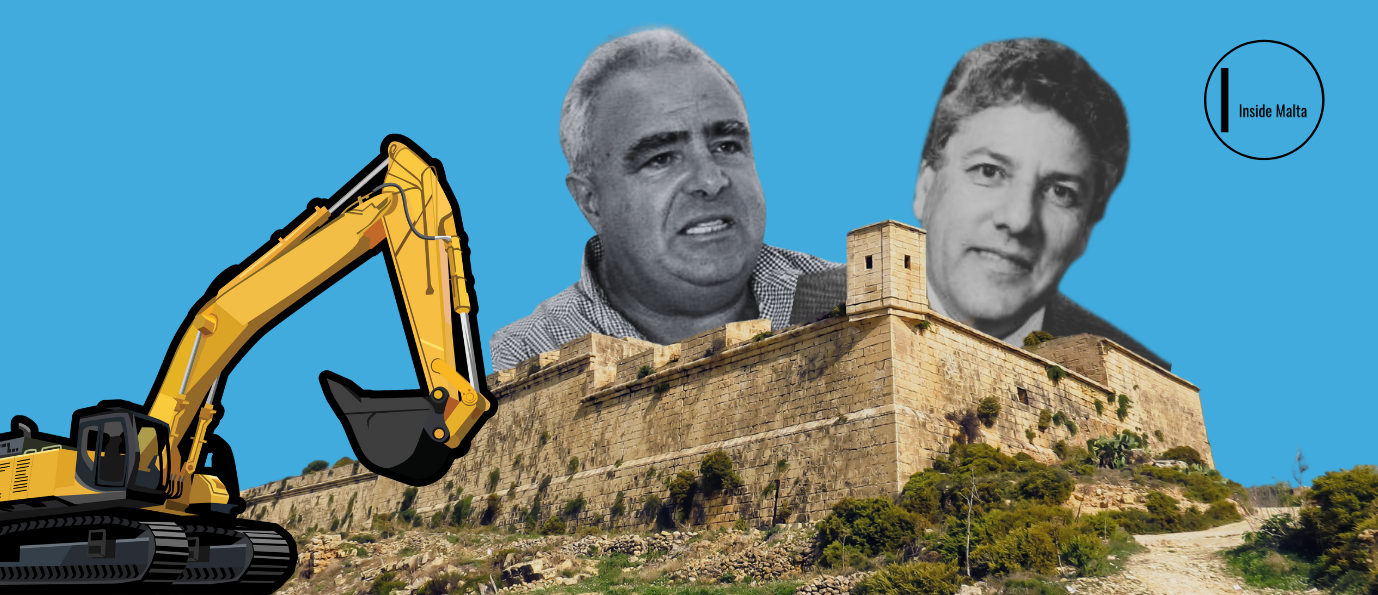Imagine navigating through Malta’s roads, where every drive could potentially be your last. The traffic is out of control, and it’s getting more dangerous every day. It’s no longer just about the inconvenience of traffic congestion; the very act of driving or even walking near roads has turned into a game of chance. The government, with its glaring inaction and misplaced priorities, is undeniably at the heart of this traffic crisis.
The Extent of the Problem
Malta’s roads have become a minefield, with the numbers painting a grim picture. In 2023 alone, Malta witnessed a shocking number of traffic fatalities, and the frequency of serious injuries and accidents has only continued to rise. Just last week, three tragic road deaths occurred in a single day, a horrific testament to the escalating danger on our roads.
The core of the problem is the sheer volume of vehicles crammed onto Malta’s narrow streets. With a staggering 440,163 licensed vehicles as of June 2024, the country has about 78 vehicles per 100 people. This excessive car ownership rate, one of the highest in the world, is further exacerbated by the lack of a reliable public transportation system. The result? Endless traffic congestion, increased accidents, and a suffocating atmosphere of stress and aggression on the roads.
Causes of the Problem
Malta’s traffic crisis didn’t develop overnight. Several factors have contributed to this deteriorating situation, and a significant share of the blame falls on the government’s shoulders.
Firstly, there’s the aggressive driving culture that has taken root across the island. Many drivers seem to have forgotten the basic tenets of safe driving, like adhering to speed limits and showing courtesy to other road users. Instead, speeding and road rage have become the norm, turning Malta’s roads into dangerous battlegrounds.
The lack of traffic education further fuels this aggression. Despite existing traffic laws, many drivers remain unaware or indifferent to the rules, which are often ignored. This disregard is compounded by inadequate enforcement of these laws. While the Local Enforcement System Agency (LESA) has increased its presence on the streets, the agency’s efforts fall woefully short. Traffic violations are rampant because drivers know they can get away with them.
Adding insult to injury is the deplorable state of Malta’s road infrastructure. Poorly maintained roads, inadequate street signage, and construction sites left hazardous for motorists are daily realities that make driving in Malta a risky endeavor. The government’s neglect of these issues is evident, as is its failure to invest in a robust public transportation system that could ease the burden on the roads.
The Human Cost
Behind the statistics are real people whose lives have been shattered by road accidents. The emotional and financial toll on victims’ families is immense. Consider the heart-wrenching story of a 77-year-old woman from Żebbuġ, who was killed by a van in Qormi, or the 33-year-old Colombian woman who lost her life in a motorcycle crash in Rabat. These tragedies are not just numbers; they represent the loss of loved ones, families’ grief, and the enduring scars left behind.
Doctors who attend to victims of traffic collisions in Malta are often left traumatized by the scenes they witness. As one emergency doctor noted after a particularly grim day with three fatalities, the psychological toll on medical professionals is profound. The public often forgets that behind every road death, there is a family mourning an irreplaceable loss and a medical team questioning whether they could have done more.
Government Responsibility
It is impossible to ignore the government’s role in this crisis. Despite the growing number of accidents and fatalities, the government’s response has been lackluster at best. The lack of decisive action on road safety measures is glaring.
When we compare Malta’s situation to that of other countries with better road safety records, the difference is stark. In nations where the government has prioritized road safety, there are fewer fatalities, better infrastructure, and stricter enforcement of traffic laws. Meanwhile, Malta lags behind, its roads increasingly resembling a chaotic and dangerous free-for-all.
Potential Solutions
Conclusion
Malta’s roads reflect the government’s failure to prioritize citizens’ safety and well-being. The time for inaction is over. The government must take immediate responsibility for the current state of our roads and implement urgent solutions. We cannot continue to tolerate the dangerous and chaotic traffic conditions that endanger the lives of our citizens. These deaths could have been prevented. It’s up to the authorities to make sure this doesn’t happen again.
Malta deserves better. It’s time for the government to wake up and fix this mess. The time for excuses is over – now is the time for real change.















